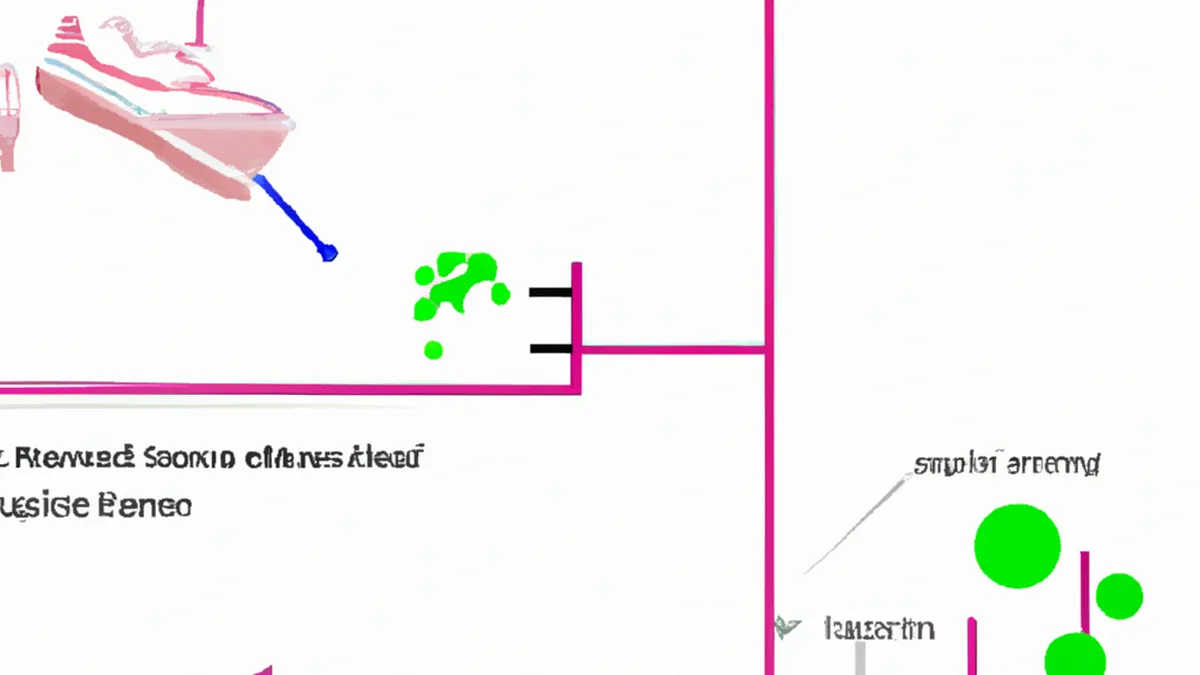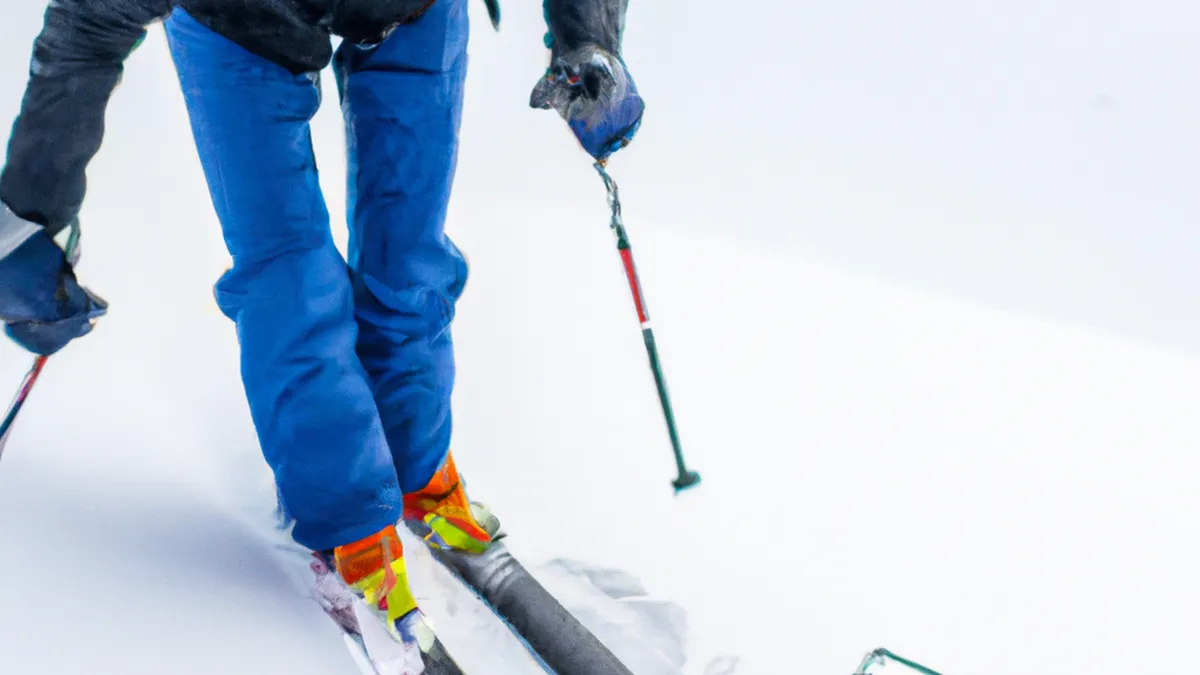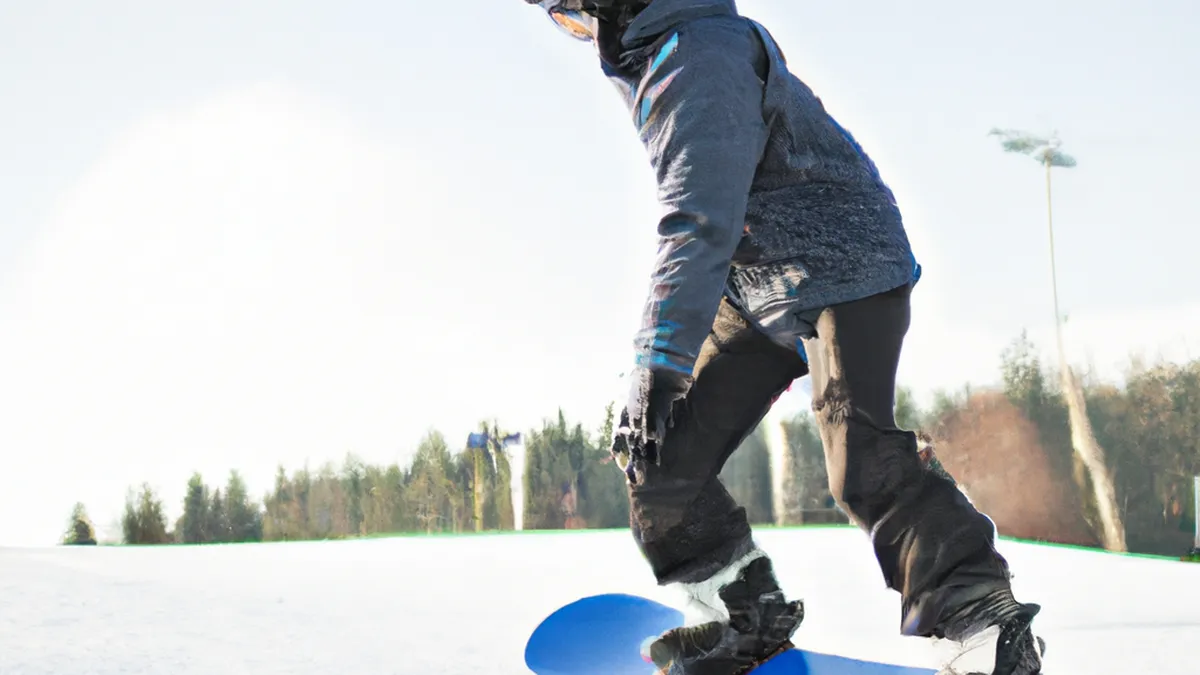Footwork Fundamentals: Key to Tennis Success
Exploring the Impact of Footwork on Tennis Match Outcomes
Tennis requires precision, strategy, and skill. Among these elements, footwork significantly influences match outcomes. Players often underestimate footwork, but it can determine performance on the court. This blog post examines how effective footwork affects tennis matches. We also provide tips to enhance this essential skill and discuss its broader implications in a player’s strategy.
The Role of Footwork in Tennis
Footwork forms the foundation for every tennis stroke. It enables players to position themselves optimally for each shot. Good footwork improves balance, control, and execution. Well-positioned players generate power and spin, challenging opponents’ responses. Poor footwork, however, leads to mistakes and lost matches.
Transitioning between shots demands agility and quick movements. Efficient movement gives players an advantage by enhancing shot anticipation and response. For example, a player who swiftly shuffles to intercept a wide shot improves their chances of returning the ball. In contrast, a slow-reacting player may find themselves out of position.
The Impact of Footwork on Different Aspects of Play
1. **Serving and Return of Serve**: Effective footwork proves crucial during serves and returns. A strong serve depends on the server’s correct body positioning, creating ideal shot angles. Quick footwork allows players to position themselves effectively for powerful serves or well-placed spin shots.
2. **Rallying**: Footwork impacts how well players sustain their shots during rallies. Players with agile footwork maintain control, consistently returning shots and placing them strategically. This frustrates opponents and creates point-winning opportunities, especially in long exchanges.
3. **Net Play**: Quick and agile footwork remains essential for net players. A well-timed approach shot pressures opponents, but failing to move quickly risks being caught off guard by passing shots.
4. **Defensive Play**: Footwork plays a vital role in defensive situations. Players often need to retrieve shots beyond their ideal striking zones. Effective footwork allows them to track balls and execute defensive strokes, potentially turning the tide of a point or match.
Tips for Improving Footwork
Improving footwork requires practice, dedication, and specific drills. Here are actionable tips to enhance your court movement:
1. Focus on Agility Drills
Conclusion
In summary, effective footwork greatly influences tennis performance. Players should prioritize improving this skill for success on the court.
Below are related products based on this post:
FAQ
How does footwork affect a player’s performance during a tennis match?
Footwork serves as the foundation for every tennis stroke, enabling players to position themselves optimally for shots. Good footwork enhances balance, control, and execution, allowing players to generate power and spin while challenging their opponents. Conversely, poor footwork can lead to mistakes and ultimately result in lost matches.
What are some specific areas of play where footwork is particularly important?
Footwork is crucial in several aspects of tennis, including serving and returning serves, rallying, net play, and defensive situations. Effective footwork during serves ensures correct body positioning for ideal shot angles, while agile footwork during rallies and net play enhances shot control and response time. In defensive play, good footwork allows players to retrieve shots outside their ideal striking zones.
What are some tips for improving footwork in tennis?
Improving footwork involves practice and specific drills. Focus on agility drills to enhance your court movement, which can include ladder drills, cone exercises, and shadowing movements. Consistent practice and dedication to these exercises will lead to better footwork, ultimately improving overall performance on the court.















Post Comment